The ransomware that attacks you from inside a virtual machine - SophosLabs
By MYBRANDBOOK
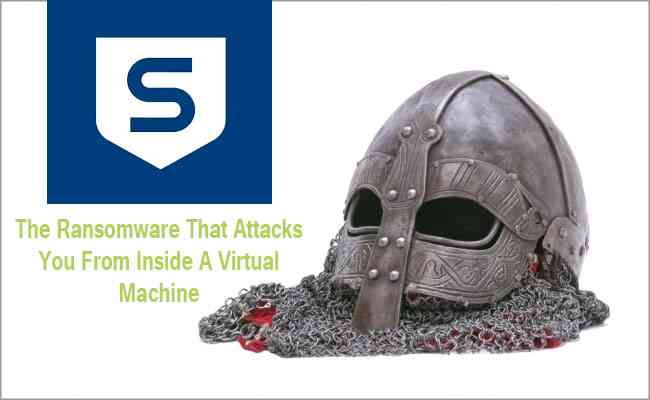
Yesterday, SophosLabs published details of a sophisticated new ransomware attack that takes the popular tactic of “living off the land” to a new level. To ensure their 49 kB Ragnar Locker ransomware ran undisturbed, the crooks behind the attack bought along a 280 MB Windows XP virtual machine to run it in (and a copy of Oracle VirtualBox to run that). It’s almost funny, but it’s no joke.
The attack was carried out by the gang behind Ragnar Locker, who break into company networks, make themselves admins, conduct reconnaissance, delete backups and deploy ransomware manually, before demanding multi-million dollar ransoms. Like a lot criminals who conduct similar “targeted” or “big game” ransomware attacks, the Ragnar Locker gang try to avoid detection as they operate inside a victim’s network with a tactic dubbed “living off the land”.
Living off the land entails using legitimate software administration tools that either already exist on the network the crooks have broken into, or that don’t look suspicious or out of place (PowerShell is a particular favourite). SophosLabs reports that in the attack, the gang used a Windows GPO (Group Policy Object) task to execute the Microsoft Installer, which downloaded an MSI containing a number of files, including a copy of VirtualBox and a Windows XP virtual machine with the Ragnar Locker executable inside.
VirtualBox is hypervisor software that can run and administer one or more virtual guest computers inside a host computer. Typically, guests are sealed off from the host, and processes running inside the guest are unable to interact with the host’s operating system. This is to prevent hostile processes, like malware, from attacking the host or taking it over, in what’s known as a virtual machine escape. However, the protections that separate the guests from their host assume a hostile guest inside a friendly host, and that wasn’t the case here, because the attackers had access to both guest and host. In fact, from the attackers’ perspective they were trying to create the reverse of the normal situation – a friendly (to them) guest environment protected from a hostile host. To the attackers, the victim’s network is a hostile environment. Living off the land is designed to allow them to work as stealthily as possible, without triggering any alarms in the network’s security software. When they start running malware they’ve broken cover and are at much greater risk of detection.
Running their malware inside a virtual machine allowed them to hide it from the prying eyes of security software on the host. And because the attackers controlled the host they were easily able to weaken the wall between the host and the guest. They did this by installing VirtualBox add-ons that allow files on the host to be shared with the guest, and then making every local disk, removable storage and mapped network drive on the host accessible to the guest virtual machine. With those drives mounted inside the guest, the ransomware could encrypt the files on them from inside the protective cocoon of the virtual machine.
Meanwhile, as far as the security software on the host was concerned, data on the local network was being encrypted by legitimate software: VirtualBox’s VboxHeadless.exe process. So, from the perspective of the host, the attackers never broke cover and continued to “live off the land”, using legitimate software, until they dropped the ransom note.
Mark Loman, director of engineering, Threat Mitigation at Sophos who further explains the attack says,“In the last few months, we’ve seen ransomware evolve in several ways. But, the Ragnar Locker adversaries are taking ransomware to a new level and thinking outside of the box. They are deploying a well-known trusted hypervisor to hundreds of endpoints simultaneously, together with a pre-installed and pre-configured virtual disk image guaranteed to run their ransomware. Like a ghost able to interact with the material world, their virtual machine is tailored per endpoint, so it can encrypt the local disks and mapped network drives on the physical machine, from within the virtual plane and out of the detection realm of most endpoint protection products. The overhead involved to covertly run their 50 kilobyte ransomware seems like a bold, noisy move, but could pay-off in some networks that are not properly protected against ransomware,” said Mark Loman, director of engineering, Threat Mitigation at Sophos. “This is the first time we have seen virtual machines used for ransomware.”

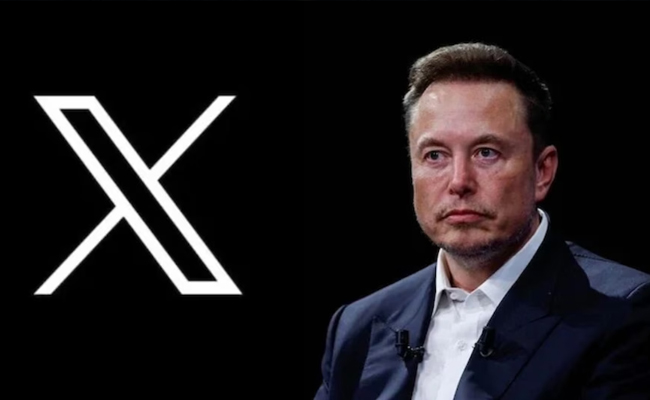
Legal Battle Over IT Act Intensifies Amid Musk’s India Plans
The outcome of the legal dispute between X Corp and the Indian government c...

Wipro inks 10-year deal with Phoenix Group's ReAssure UK worth
The agreement, executed through Wipro and its 100% subsidiary,...
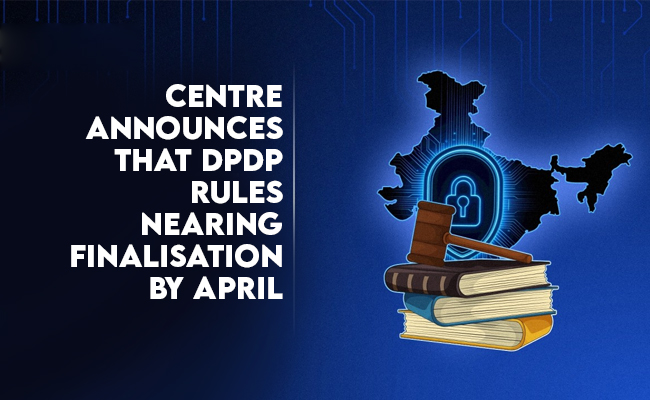
Centre announces that DPDP Rules nearing Finalisation by April
The government seeks to refine the rules for robust data protection, ensuri...
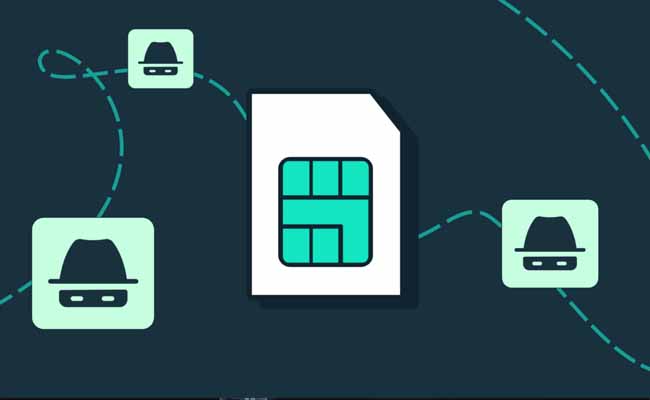
Home Ministry cracks down on PoS agents in digital arrest scam
Digital arrest scams are a growing cybercrime where victims are coerced or ...


ICONS OF INDIA : VIJAY SHEKHAR SHARMA
Vijay Shekhar Sharma is an Indian technology entrepreneur and multimil...

Icons Of India : NANDAN NILEKANI
Nandan Nilekani is the Co-Founder and Chairman of Infosys Technologies...


GeM - Government e Marketplace
GeM is to facilitate the procurement of goods and services by various ...

IREDA - Indian Renewable Energy Development Agency Limited
IREDA is a specialized financial institution in India that facilitates...
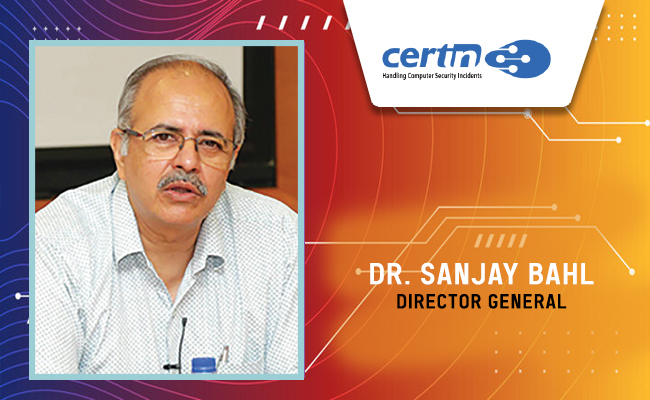
CERT-IN - Indian Computer Emergency Response Team
CERT-In is a national nodal agency for responding to computer security...

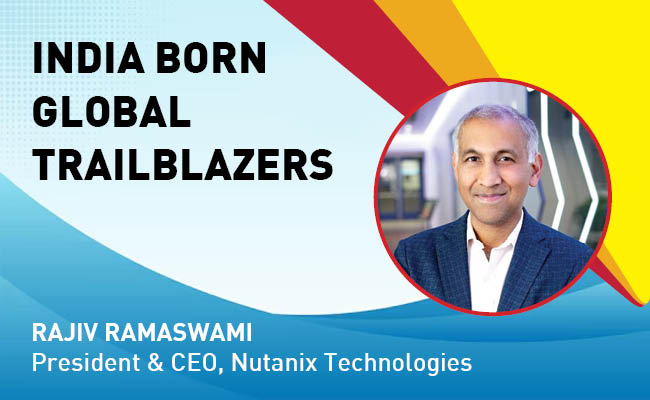
Indian Tech Talent Excelling The Tech World - Rajiv Ramaswami, President & CEO, Nutanix Technologies
Rajiv Ramaswami, President and CEO of Nutanix, brings over 30 years of...
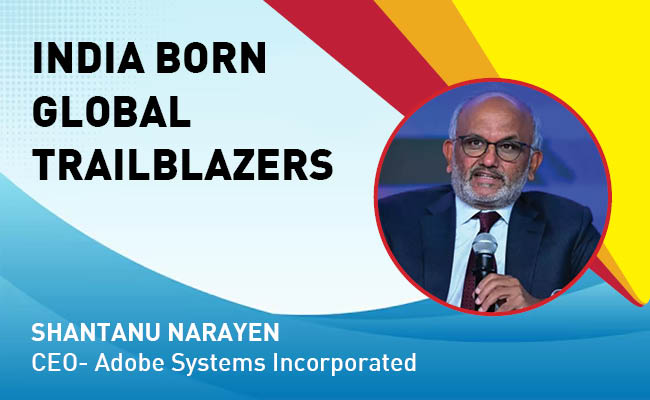
Indian Tech Talent Excelling The Tech World - Shantanu Narayen, CEO- Adobe Systems Incorporated
Shantanu Narayen, CEO of Adobe Systems Incorporated, is renowned for h...

Indian Tech Talent Excelling The Tech World - ANJALI SUD, CEO – Tubi
Anjali Sud, the former CEO of Vimeo, now leads Tubi, Fox Corporation�...
 of images belongs to the respective copyright holders
of images belongs to the respective copyright holders